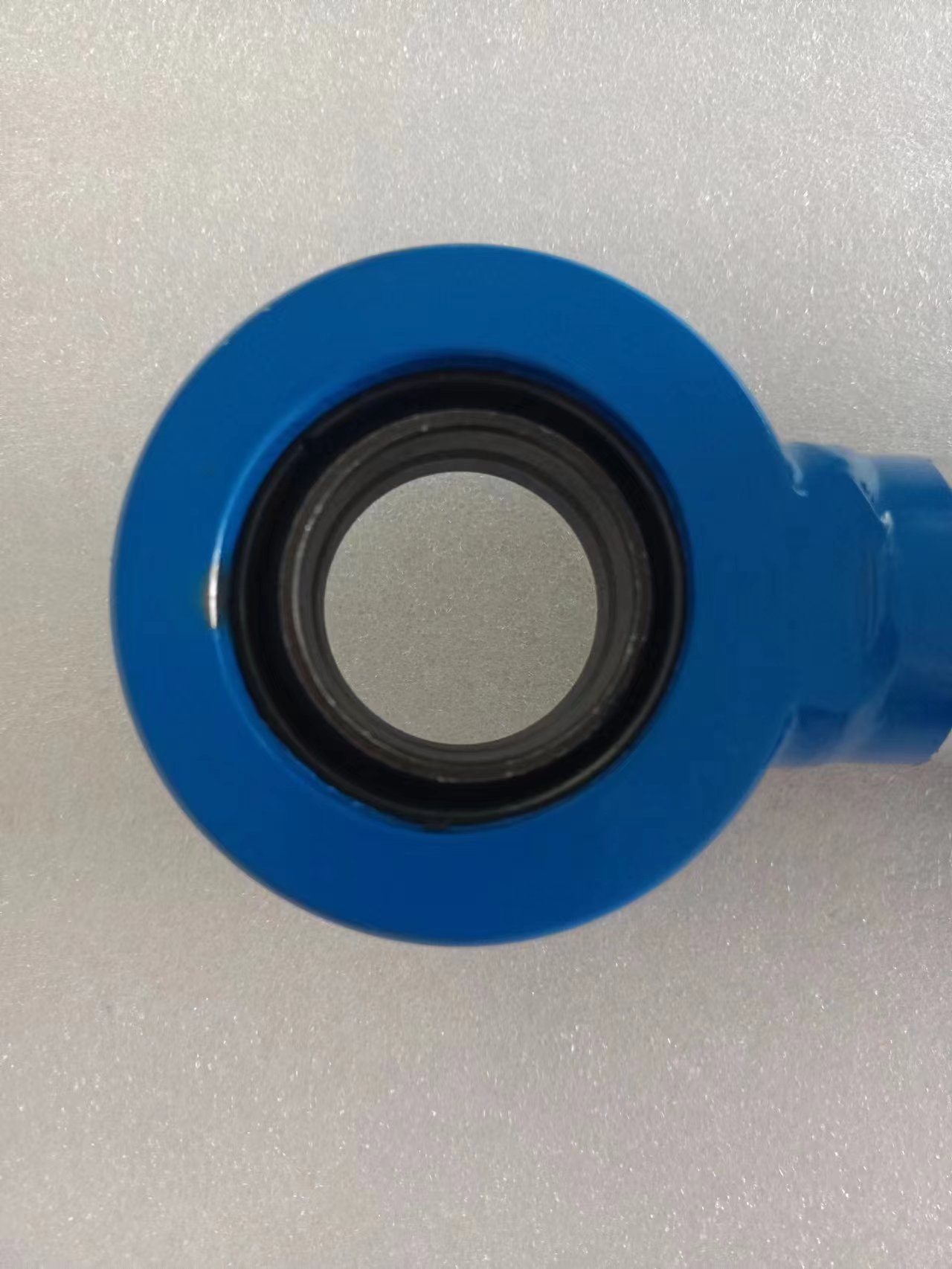Nov . 04, 2024 12:11 Back to list
hydraulic cylinder single acting product
Single Acting Hydraulic Cylinders An Overview
Hydraulic cylinders are essential components in hydraulic systems, converting hydraulic energy into linear mechanical energy. Among the various types of hydraulic cylinders, single acting hydraulic cylinders are prominent due to their simplicity and efficiency. This article delves into the design, functionality, applications, and advantages of single acting hydraulic cylinders.
What is a Single Acting Hydraulic Cylinder?
A single acting hydraulic cylinder is a device that uses hydraulic pressure to extend the piston in one direction while relying on an external force (like gravity or a spring) to retract the piston. The cylinder has one port for hydraulic fluid to enter and exert force on one side of the piston, which results in motion. When hydraulic fluid is pumped into the cylinder, the piston moves outwards. When the pressure is released, the piston returns to its original position, assisted by the retracting force.
Design and Components
The basic components of a single acting hydraulic cylinder include the cylinder body, piston, rod, seals, and end caps. The cylinder body houses the piston and is designed to withstand high pressure. The piston, which is connected to a rod, moves within the cylinder when hydraulic fluid is introduced. The seals ensure that the hydraulic fluid does not leak, maintaining pressure within the cylinder. The end caps secure the hydraulic cylinder and provide the necessary mounting points.
Applications
Single acting hydraulic cylinders are widely used in various industries, including construction, manufacturing, and automotive. They are commonly found in applications such as
hydraulic cylinder single acting product

1. Construction Equipment These cylinders are used in lifting mechanisms, such as excavators, where they extend to lift loads and rely on gravity to retract. 2. Material Handling In forklifts and pallet jacks, single acting cylinders assist in lifting pallets and other materials with ease. 3. Automotive Repairs Hydraulic jacks use single acting cylinders to lift vehicles for maintenance or repairs. The simplicity makes them ideal for such applications.
4. Agricultural Machinery In equipment like plows and sprayers, these cylinders help in adjusting tool positions efficiently.
Advantages
Single acting hydraulic cylinders offer several advantages. Their design is simpler than double acting cylinders, making them easier to manufacture and maintain. They are generally more cost-effective and lightweight, which is beneficial for portable applications. Due to the reliance on external forces for retraction, these cylinders consume less hydraulic fluid, thus enhancing overall efficiency.
Another key advantage is their robustness; they can operate effectively in environments where space is limited, like in compact machinery and tight workspaces. The simplicity of their operation reduces the risk of system failure, as there are fewer components that can malfunction.
Conclusion
In summary, single acting hydraulic cylinders play a crucial role in modern machinery and industrial applications. Their straightforward design, combined with their efficiency and reliability, makes them an attractive option for many operations across various fields. As technology continues to advance, the applications and features of single acting hydraulic cylinders are likely to expand, further cementing their importance in hydraulic systems. With their unique qualities, these cylinders ensure that industries can achieve power and precision in their operations.
-
Fork Lift Power Units - Hebei Shenghan | Efficiency, Reliability
NewsJul.13,2025
-
1.5-Ton Turbocharged Cylinder-Hebei Shenghan|Hydraulic Solution,Energy Efficiency
NewsJul.13,2025
-
Auto Hoist Power Units-Hebei Shenghan|Efficiency&Industrial Lifting
NewsJul.13,2025
-
Double Acting Power Units-Hebei Shenghan|Hydraulic Solutions,Industrial Efficiency
NewsJul.13,2025
-
1.5 Ton Lifting Cylinder 70/82-40-290-535 - High-Performance Hydraulic Solution | Hebei Shenghan
NewsJul.13,2025
-
Fork Lift Power Units - Hebei Shenghan | Efficiency&Reliability
NewsJul.13,2025
